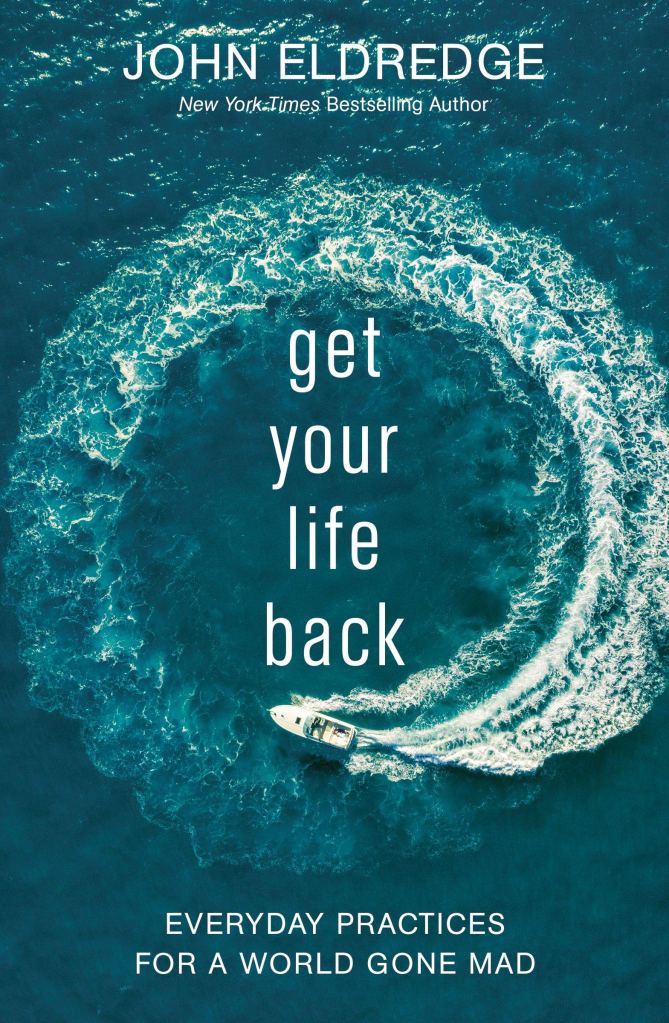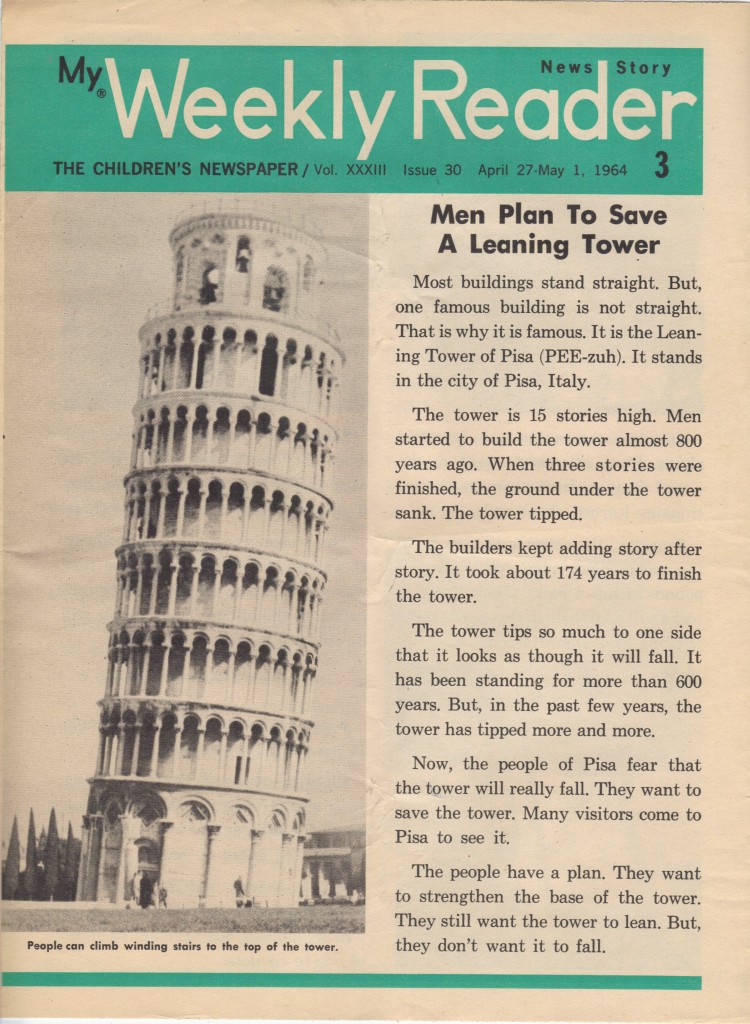We are living in an age of disruption. According to Fast Company co-founder William C. Taylor, you can’t do big things anymore if you are content with doing things a little better than everyone else, or a little differently from how you’ve done them in the past. The most effective leaders don’t just rally their teams to outrace the “competition” or outpace prior results. They strive to redefine the terms of competition by embracing one-of-a-kind ideas in a world filled with copy-cat thinking.
What sets truly innovative organizations apart often comes down to one simple question: What can we see that others cannot?
If you believe that what you see shapes how you change, then the question for change-minded leaders in times of disruption becomes: How do you look at your organization as if you are seeing it for the first time?
The question is not what you look at, but what you see.
Henry David Thoreau
When you learn to see with fresh eyes, you’re able to differentiate your organization from the competition (and your “competition” isn’t the church down the street). You’re able to change the way your organization sees all the different types of environments around it, and the way your others see your organization.
This mentality is the ability to keep shifting opinion and perception. We live in a world that is less black and white and more shades of gray world, not a black and while one. Seeing in this way means shifting your focus from objects or patterns that are in the foreground to those in the background. It means thinking of things that are usually assumed to be negative as positive, and vice versa. It can mean reversing assumptions about cause and effect, or what matters most versus least.
In a season filled with uncertainty, how can you cultivate a sense of confidence about what lies ahead?
THE QUICK SUMMARY – Flash Foresight: How to See the Invisible and Do the Impossible by Daniel Burrus
Flash Foresight offers seven radical principles you need to transform your organization today.
From internationally renowned technology forecaster Daniel Burrus—a leading consultant to Google, Proctor & Gamble, IBM, and many other Fortune 500 firms—with John David Mann, co-author of the Wall Street Journal bestseller The Go-Giver, comes this systematic, easy-to-implement method for identifying new business opportunities and solving difficult problems in the twenty-first century marketplace.
A SIMPLE SOLUTION
According to author Daniel Burrus, all of us have had fleeting glimpses of where things might be heading. We have all said, “I knew I should have done that,” or “I knew that would happen.”
That’s hindsight, and it happens because you don’t typically know ahead of time when your hunch is accurate and when it’s not.
What if you could make a distinction and learn to develop glimpses of the future that are reliable foresight, and not just those that are simply hunches?
Flash foresight is a blinding flash of the future obvious. It is an intuitive grasp of the foreseeable future that, once you see it, reveals hidden opportunities and allows you to solve your biggest problems – before they happen.
Daniel Burrus
Flash Foresight is a sensibility, a skill you can develop, refine, and strengthen.
Flash Foresight is what you get when you combine a shift of perspective, a willingness to get down on your hands and knees and look at things from a fresh point of view, with a grasp of where current trends of change are taking us in the future. It’a about transforming the impossible with a glimpse of the possible.
Flash Foresight Triggers
1. Start with certainty (use hard trends to see what’s coming).
2. Anticipate (base your strategies on what you know about the future).
3. Transform (use technology-driven change to your advantage).
4. Take your biggest problem and skip it (it’s not the real problem anyway).
5. Go opposite (look where not one else is looking to see what no one else is seeing and do what no one else is doing).
6. Redefine and reinvent (identify and leverage your uniqueness in new and powerful ways).
7. Direct your future (or someone else will direct it for you).
Daniel Burrus, Flash Foresight: How to See the Invisible and Do the Impossible
A NEXT STEP
Using the following ideas below from the author as starters, set up a team meeting with the express purpose of practicing flash foresight.
First, create seven chart tablets, with the word or phrases in bold below as headers.
Next, read the paragraphs below under each section as the launching point for a ten minute discussion of that section. As your team responds to the prompt, write all ideas on the chart tablet. Complete each chart tablet the same way.
Next, at the end of ten minutes, take one minute and identify the top three ideas/actions that would impact your church the most. Circle and number them accordingly.
Finally, review all chart tablets, and on a new chart tablet, write the top three ideas/actions from each of the seven sections. As a group, determine which single one idea/actions from each section that you agree is the most important. Create seven teams of three leaders – one from your team and two other individuals in your church – to research each idea/action more thoroughly, and report back to your leadership team in one month. At that review meeting, force rank the seven ideas/actions, and plan to launch the most important one within two weeks.
Start with certainty
Typically we limit ourselves by looking at all the things we don’t know and all the things we can’t do. Instead, create the habit of starting with a list of things you can know and do. Don’t let yourself get boxed in by the word can’t. Every time you bump into something you aren’t certain about, put that to the side and keep focusing on the things you are certain about. What are our certainties?
Anticipate
Being preactive means anticipating the future before it happens. Being anticipatory, instead of reactive, allows us to change fro the inside out, instead of being forced to change from the outside in. How can we begin to anticipate the future?
Transform
Change means doing the same thing, only with difference. Transformation means doing something completely different. It’s no longer enough to change; no matter what field we’re in, we need to transform. There is no organization that is not going to transform dramatically and fundamentally over the years ahead – whether or not we want it to. What does radiation transformation look like for your organization?
Take your biggest problem and skip it
A difficult problem can easily become a roadblock so large that it seems impossible to get around. The result is often procrastination and paralysis. The key to unraveling our biggest problems is to recognize that they are typically not our real problem. Skipping our biggest problem, instead of trying to solve it, sets our minds free to discover and engage with the real problem. What problem do we need to skip for now?
Go opposite
One powerful way to trigger a flash foresight is to take note of where everyone else is looking, and then look in the opposite direction. Looking where no one else is looking helps you see what no one else is seeing, and then do what no one else is doing. What are some opposite directions we should consider?
Redefine and reinvent
Reinventing our organizations based on the visible changes taking place has always been a powerful strategy, but today it has become a continuous imperative. Reinvention is not the same as adding a twist or a new feature; once something is reinvented, it never goes back to being the way it was before. What do we need to reinvent?
Direct your future
To a certain extent, our vision of the future is a self-fulfilling prophecy. Change your view of the future and you direct your future. Our vision of the future drives our choices and our behaviors, which produce our outcomes and shape our lives. We become what we dream. Which means that if we want to know what we are becoming, we need to ask, what are we dreaming?
Part of a regular series on 27gen, entitled Wednesday Weekly Reader
During my elementary school years one of the things I looked forward to the most was the delivery of “My Weekly Reader,” a weekly educational magazine designed for children and containing news-based, current events.
It became a regular part of my love for reading, and helped develop my curiosity about the world around us.































